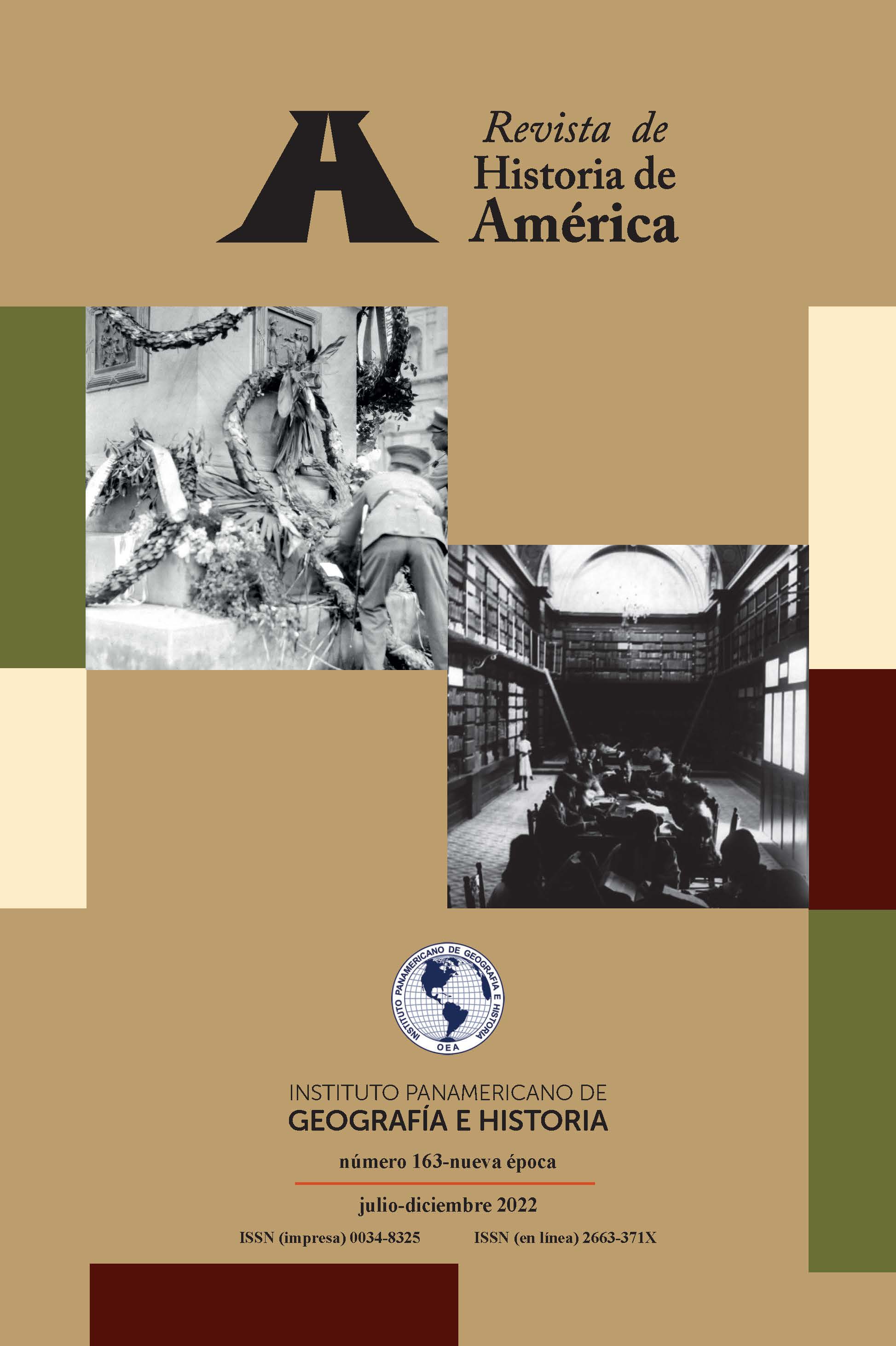Trajectories of feminization of the teaching profession in South America. The cases of Argentina, Chile, Ecuador, Peru and Uruguay
Main Article Content
Abstract
From the last decades of the 19th century and during the first half of the following century, the feminization of the primary teaching profession was consolidated as a generalized phenomenon in several Latin American countries. This article comparatively analyzes this process, identifying the material and symbolic factors that made possible the growing number of women primary teachers in in Argentina, Uruguay, Peru, Ecuador and Chile. Methodologically, this work is based on the analysis of documents and sources of various kinds, such as censuses and statistical compilations, ministerial reports, and memories of the ministries of public instruction. The comparative study of these sources allowed us to identify two main trajectories of feminization of the teaching profession: on the one hand, an early feminization process, related to the expansion of national education systems and the consolidation of the so-called Estado Docente. On the other hand, a delayed process of feminization was recognized. This was linked to more decentralized school systems and with greater influence from the Catholic Church. While the first trajectory is represented by the cases of Argentina, Uruguay and Chile; the second trajectory includes the experiences of Peru and Ecuador.
Downloads
Article Details
-
Abstract1271
-
PDF (Español)581

